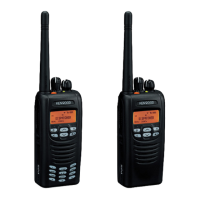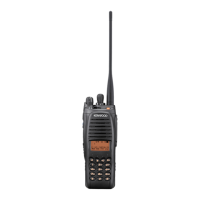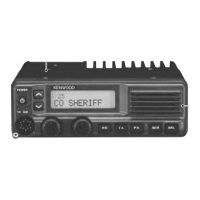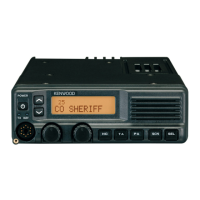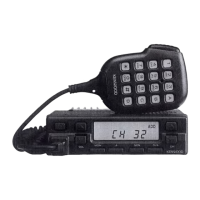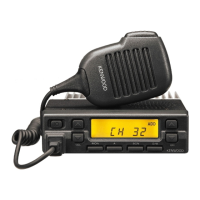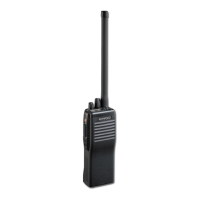What to do if power supply of SRAM has an abnormal voltage in Kenwood TK-5220?
- RRobin PhelpsJul 31, 2025
If the power supply of SRAM has an abnormal voltage, remove L710 to check the voltage of the 31BU. If the voltage becomes normal, the SRAM is broken.
